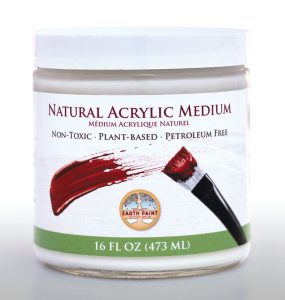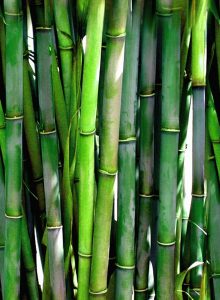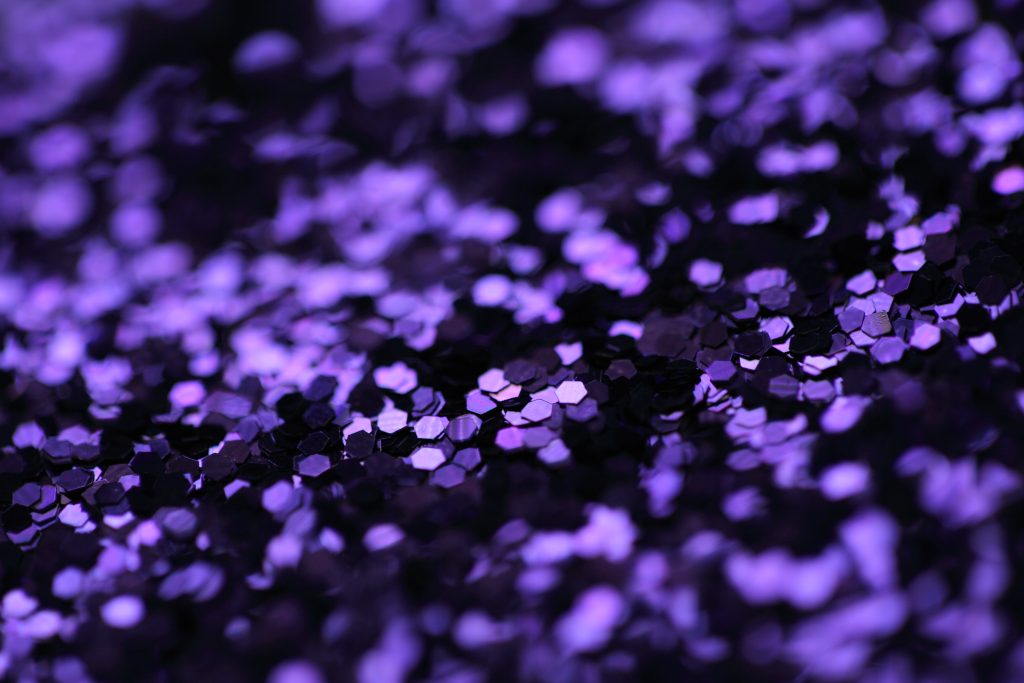Shocking discovery!
I can well imagine that there are people who do want to be environmentally friendly, but sooner or later think: oh, never mind! We are currently in a transitional phase between polluting and clean working and then you can soon no longer see the wood for the trees, or there are always companies that pretend to plant trees, but they are secretly made of plastic anyway.
I got confused at Natural Earth Paint’s term organic or natural acrylic. As soon as I hear the word acrylic, I immediately think: PLASTIC. The Pebeo brand has made a whole series of mediums under the name Studio Green, including an acrylic binder made from recycled material, as well as their packaging. Creal also pays attention to this, but still has a whole line of old style acrylic paint.

It’s confusing to call something that isn’t acrylic acrylic because it has the properties of acrylic, yet is natural or organic. But also the other way around! Putting “100% natural beeswax” on a bottle of wax (the wax is liquid and spreadable), while you mean: the beeswax that has been used is 100% natural beeswax, furthermore we have thrown in all kinds of petroleum rubbish to hold it spreadable.
The biggest screw up is when a product pretends to be environmentally friendly or biodegradable, but it’s not. That’s how I found out that the PVAc glue I use isn’t that environmentally friendly after all. Yes, the vinyl acetate (VAc in short) comes from wood and cotton, but the Poly (P) is obtained using… yes, petroleum. You can understand that I’m really fed up with this, especially since I just bought a liter of that glue. They themselves pretend that it is MORE environmentally friendly than its acrylic brother, but of course I don’t have that goal in mind at all. Another point is: PVAc can be produced 100% environmentally friendly with organic ethanol obtained from sugar, corn and straw, but that is not (yet) done and there is nothing about it on the packaging, so you don’t know if you have the right PVA.

Another major environmental crime is viscose and bamboo in particular. A natural product and something that can grow a lot, fast and everywhere. A friend of mine once thought aloud: “but wood or bamboo is very hard, isn’t it? You don’t want to wear underpants made of that, do you? You all get splinters in your ass.” On the contrary, it is actually super soft. But how?
In the Dutch TV program “Keuringsdienst van Waarde” they have investigated this and it turns out that you need a very toxic substance to break down the wood structure, making it softer. It is so toxic that you absolutely should not get it on your skin or inhale it. These types of processes are carried out in countries where all environmental regulations are not taken very seriously. It is therefore quite possible that the toxic wastewater is simply dumped in a nearby lake or ditch.
The term biodegradable can also sometimes not be taken too literally. According to European regulations, you may use the name “biodegradable” if your product has been degraded by a certain percentage within a certain time. What happens to the remaining percentage is irrelevant.
And that’s why suddenly a product such as glitter (plastic) that has been glued to paper before being shredded into glitter can bear the name biodegradable. Or if the product can only be biodegraded under specific conditions; a situation that normally does not occur in nature, even then the product may be called biodegradable. How crooked can regulations be?

And as long as there are companies that always look for loopholes and bending rules to sell their rubbish, only focus on profit and not on sustainability, we still have a long way to go. People who do want to do good will have to remain extra alert. They will occasionally drop to their knees in despair at the umpteenth greenwashing product that they have bought to work with in good conscience. Me too.